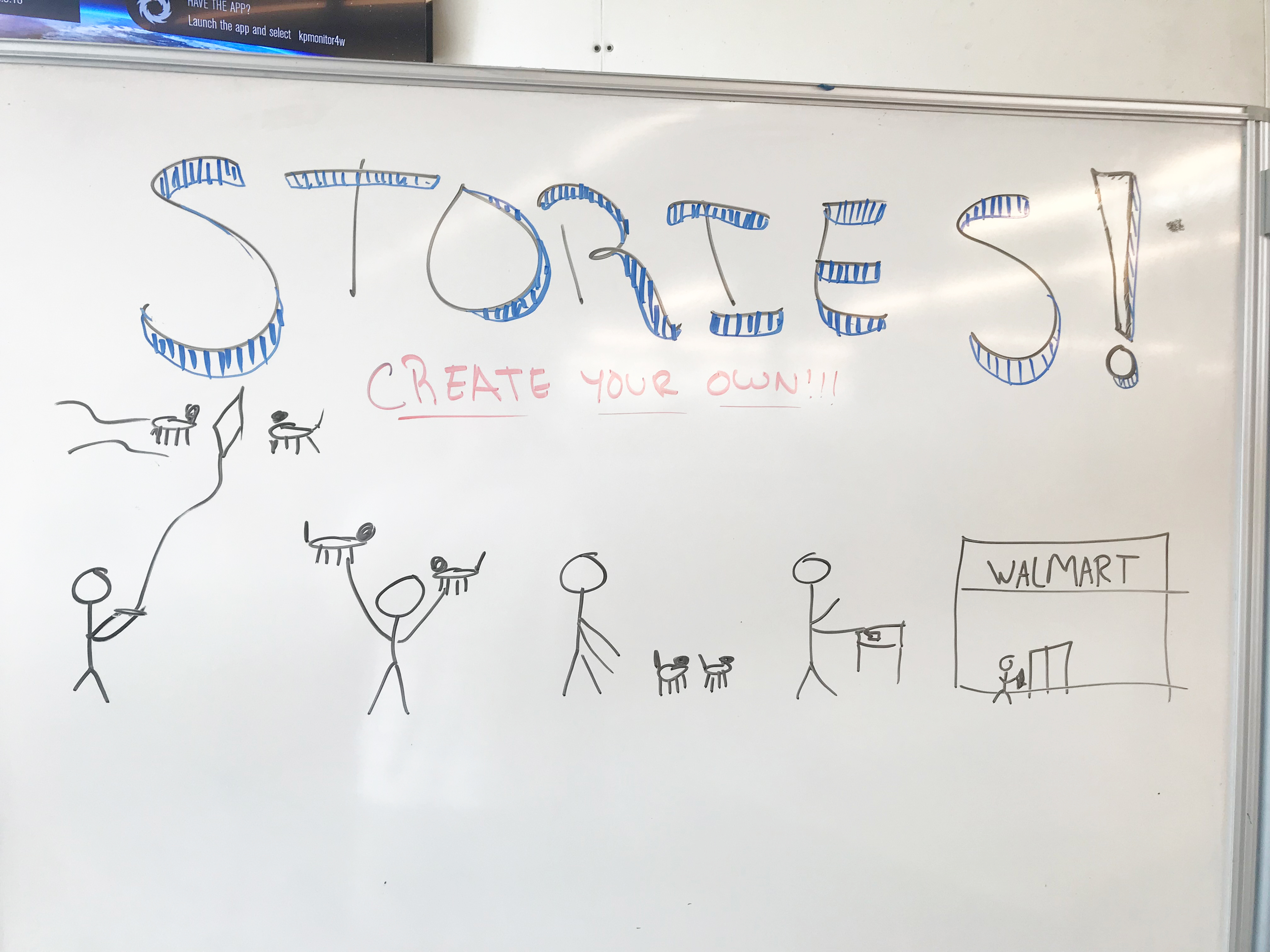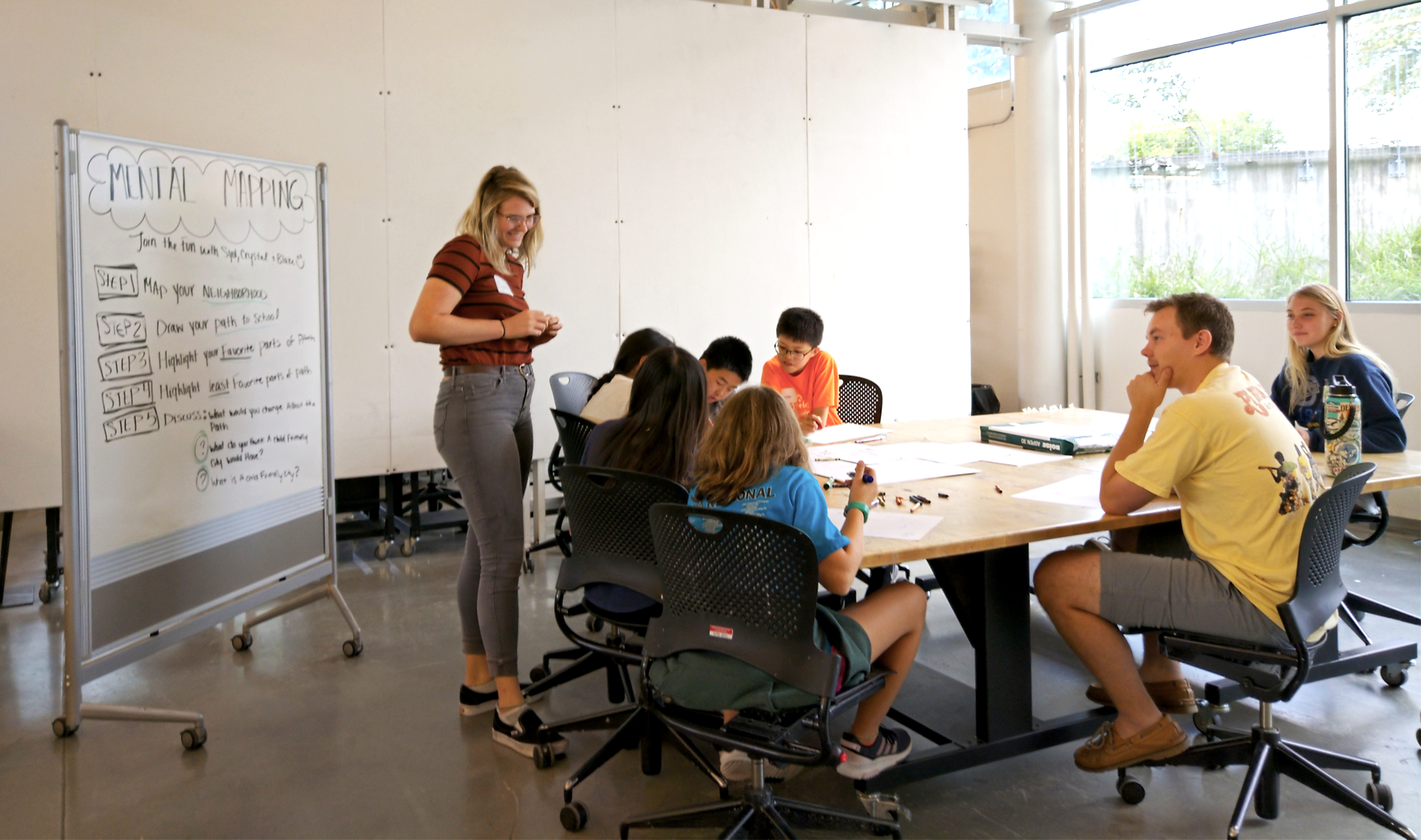 About The Workshop
About The Workshop
As a group of students learning about urban design, we are curious about how children cognitively remember a space. The purpose of the workshop was to see inside a child’s mind for one of their daily tasks; the journey from home to school. Having 6th through 8th graders map out their path from home to school, we could see what aspects of the journey stands out to them most. We then asked them to discuss what part of the journey did they like the most and least. Understanding what a child enjoys and dislikes on the journey from home to school is essential to urban designers. When creating a child-friendly city we need to recognize what aspects we need to focus and eliminate as a whole. In the end, as a group we discussed what they would like to change about the path, what do you think a child-friendly city would be like and what is a child-friendly city?

Child Responses
The kids all had unique ideas of what they thought a child-friendly city meant.
Some of the responses included: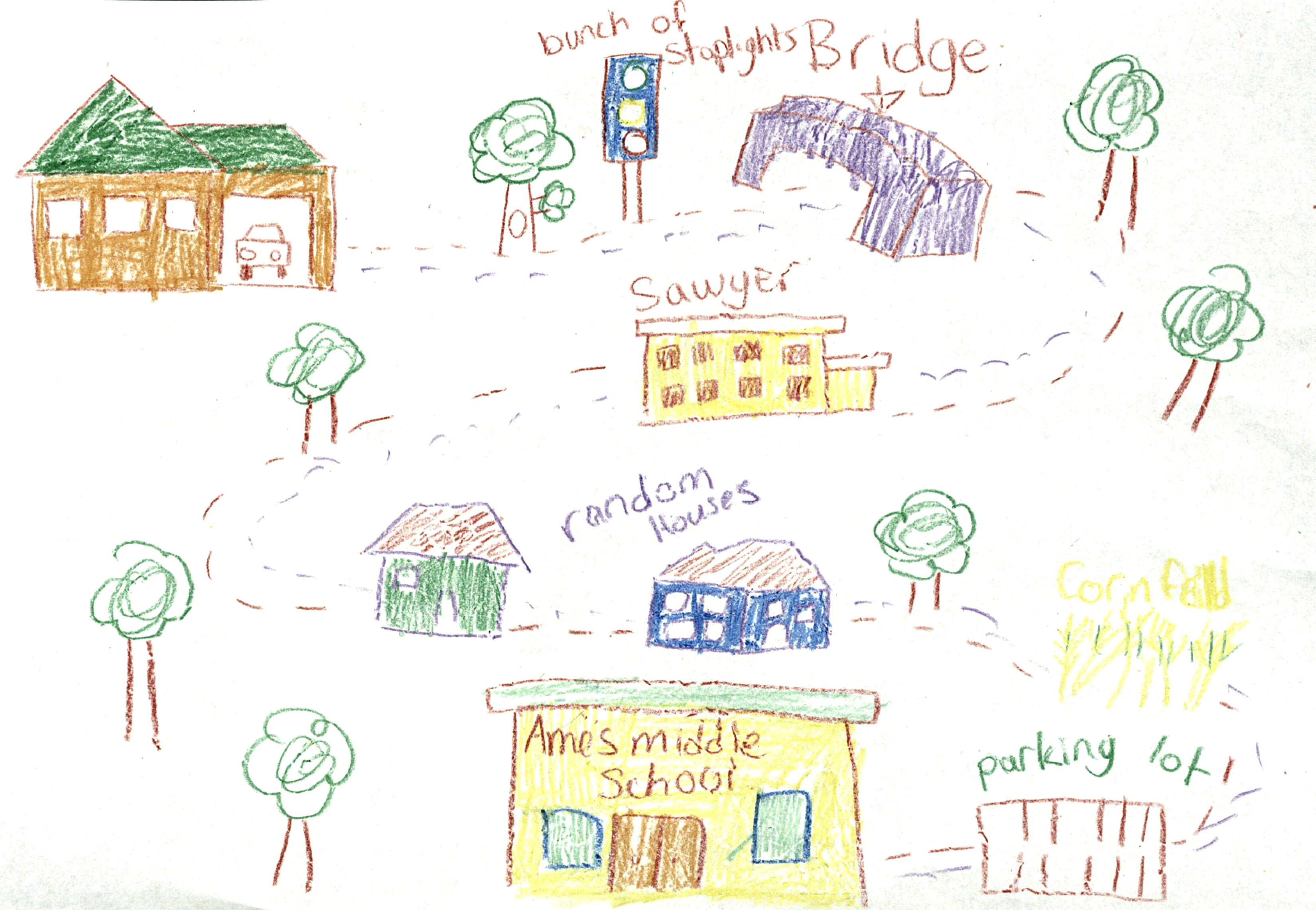
- A safe city
- A city with more fun things to do
- No bullying
- Bus stops closer to their house
- Breakfast on the school bus
- Fewer kids on one bus so it is less crowded
- Let kids be on city councils
- Change the school curriculum
- Cooler parks and playgrounds
- Parks closer to their houses
- No crime
- Fields of free food
- Being able to go outside during school
- No school shootings
- No drugs
While many of the kids’ responses were constructive and practical, other ideas were a little more.. playful.
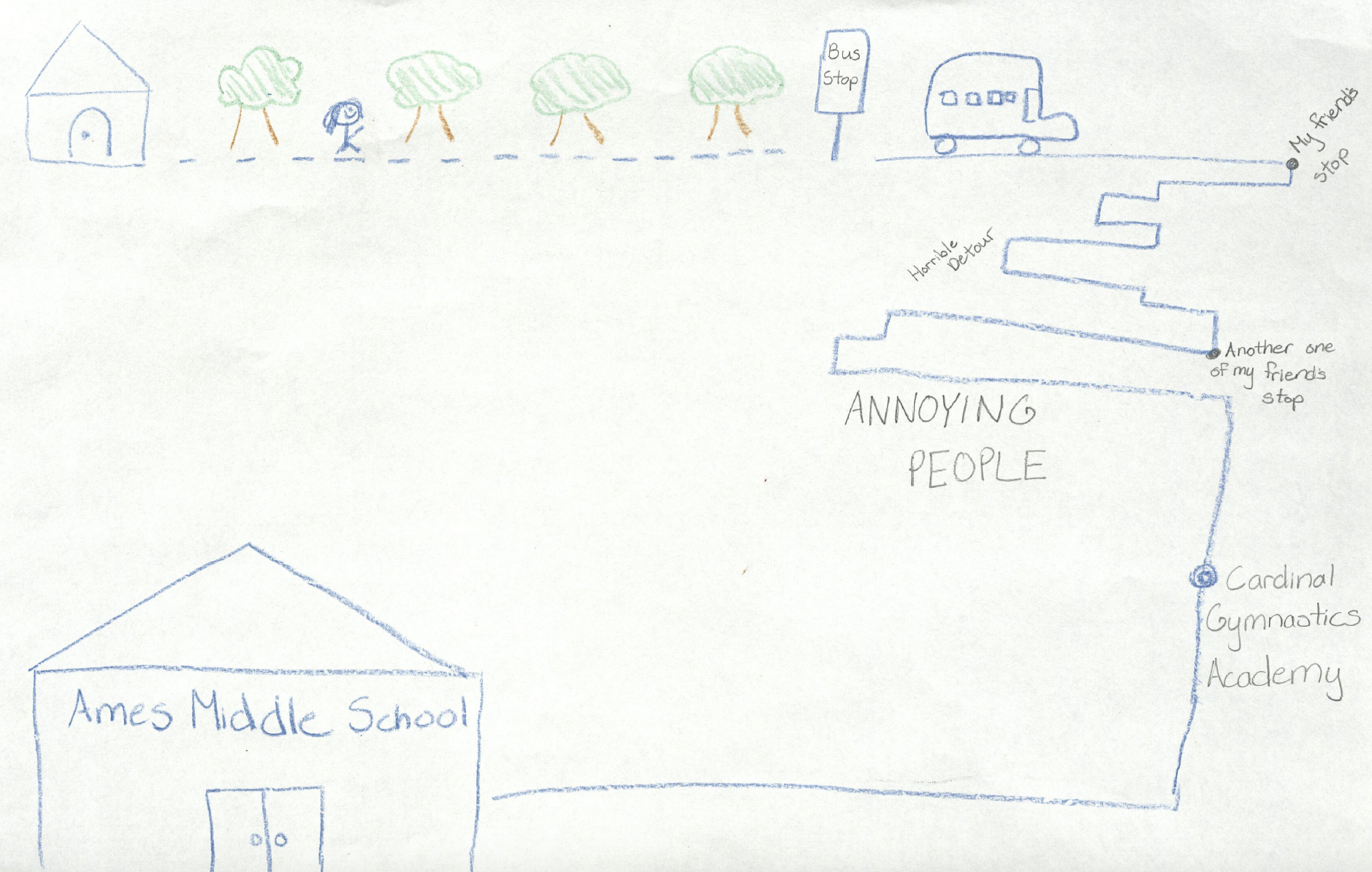
- Water parks everywhere
- Giant (Statue of Liberty size) statues in every city
- TVs on school buses
- Lock annoying people in soundproof bubbles
Important Take-Aways
What we learned from the Mental Mapping Workshop is that kids have ideas and opinions for what they want their city, town, or school to be like. And as urban designers, we need to listen. If we truly care about our children and the youth of a city, we should be building, renovating, and creating with their lives in mind.
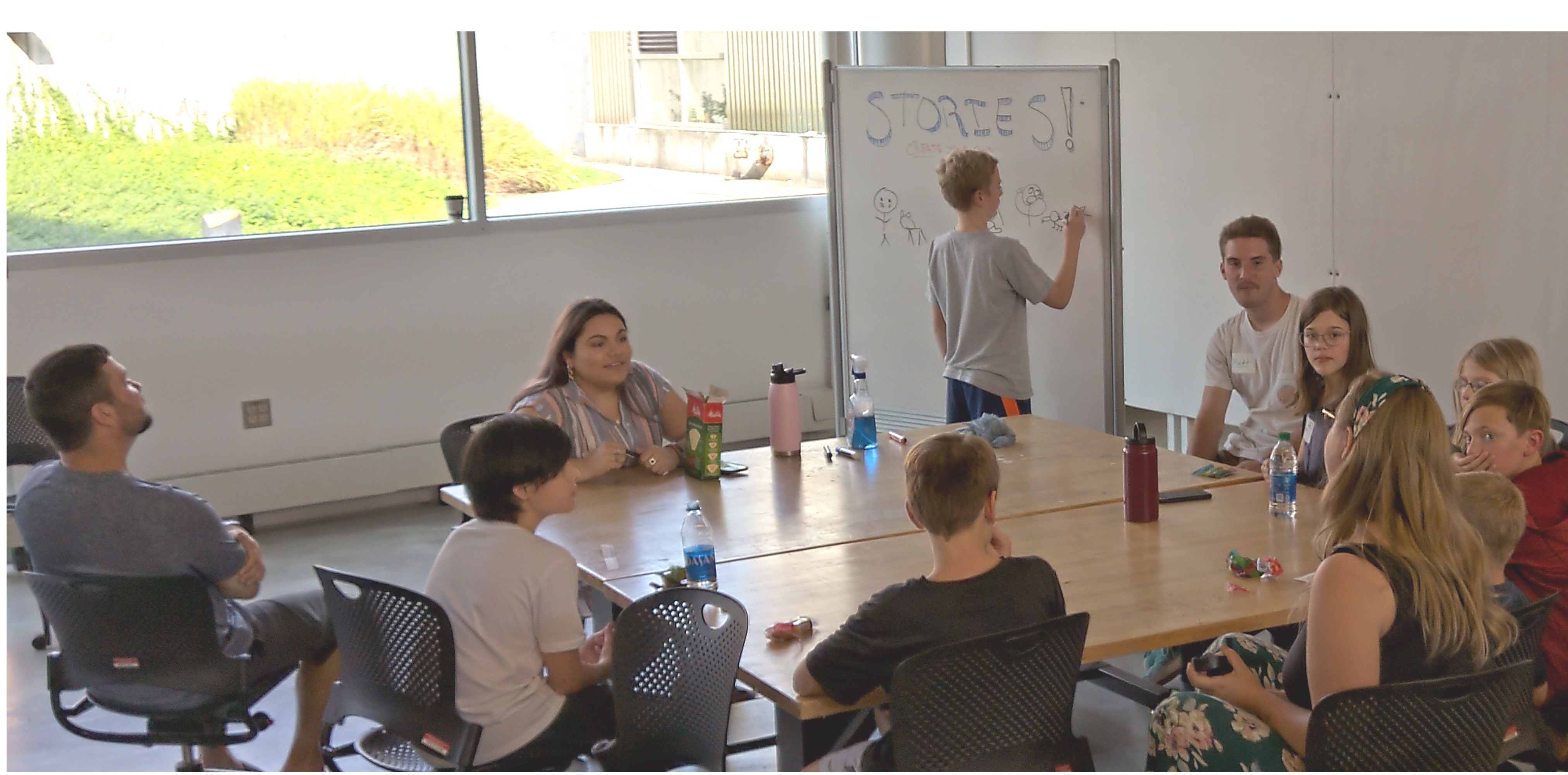 Our studio had the awesome opportunity to work with some local rockstars from Ames, IA. There were four different workshops going on: Drawing a City,
Our studio had the awesome opportunity to work with some local rockstars from Ames, IA. There were four different workshops going on: Drawing a City, 